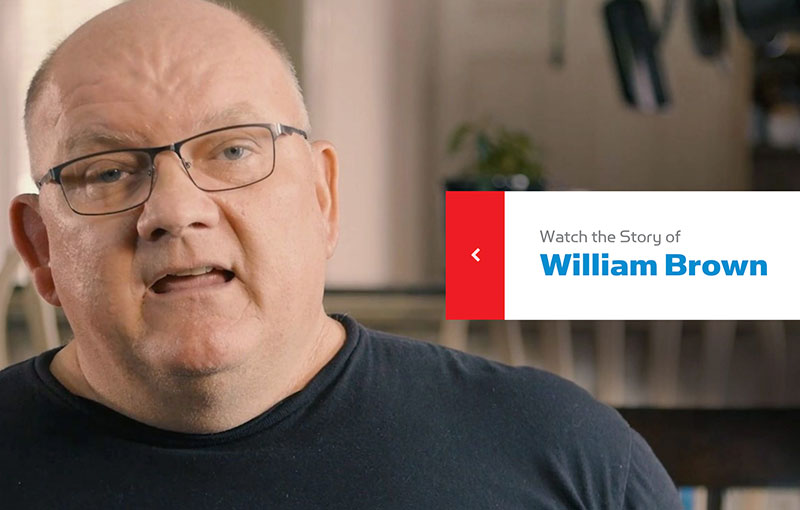Head Injury in Children

As kids explore the world, they are prone to everyday bumps and bruises. However, head injuries in children must be taken seriously and approached correctly to ensure the best possible outcome.
In this article, we’ll share important information about children’s head injuries and how to prevent serious long-term impacts.
What Is A Head Injury?
Head injuries are nothing to take lightly. They encompass any injury to the brain, skull, scalp, and tissue in the head. Severe head injuries may be called “traumatic brain injuries” (TBI), and these can cause long-term disabilities or even death.
The types of head injury include:
Contusions
Contusions are bruises, and they can occur to the skull or even the brain itself. A contusion in the brain is very serious, as it causes bleeding and swelling in the brain. These often occur alongside skull fractures or bleeding disorders.
Scalp Wounds
Scalp wounds in kids commonly happen during sports or from falling near sharp corners. A deep cut is a common scalp wound that may require stitches or staples to resolve.
Concussions
Injuries to the brain due to a traumatic event. For example, a concussion can occur if a child falls and hits his head on the ground. They may also occur in sports due to contact with the head or contact that causes the head to hit the ground. Concussions are characterized by a loss of alertness or awareness that may last for a few minutes or even hours after the event.
Skull Fractures
Any break in the skull bone is a skull fracture. There are several types of skull fractures that may require different treatments based on severity.
Head Injury Prevention Tips in Children
Injuries are not 100% avoidable, but there are several ways to reduce the risk of head injuries in children including:
- Wearing helmets when playing relevant sports or riding bikes, scooters, or skateboards.
- Ensuring safe playground surfaces at home, including shock-absorbing mats.
- Using side rails on cribs or high beds.
- Installing window guards and/or using child-proof locks.
- Using an age-appropriate car seat/booster seat.
When to Go to The ER for a Head Injury
Minor head injuries can often be treated conservatively at home. However, head injuries in kids are nothing to take lightly. It’s important to seek proper medical care, especially for severe injuries. Proper care can reduce the chances of negative long-term effects.
Here are signs to bring your child to the ER for a head injury:
- Your child loses consciousness and has not woken up.
- They are struggling to stay awake and keep their eyes open.
- They fell from a height greater than 5 stairs or 3 feet.
- Without trauma to the eye, your child has a black eye.
- There is bleeding from the ears or bruising behind the ears.
- Your child struggles to walk, speak, or understand words.
- Head trauma occurs at high speeds, like during a car crash or bike accident.
- There is a dent on their head or an object lodged in the head.
- Numbness or weakness throughout the body.
- Clear fluid coming from the nose or ears.
Turn to Physicians Premier
Getting timely emergency care for kids is vital in the case of serious head injuries. Turn to Physicians Premier ER in Corpus Christi for your emergency room needs. We offer high-quality, compassionate care in our convenient facility.
Sources:
“Head Injury,” Hopkins Medicine, https://www.hopkinsmedicine.org/health/conditions-and-diseases/head-injury
“10 Things Parents Should Know About Concussions,” Physicians Premier, https://mdpremier.com/kids-with-concussions/
“Head injury and concussion,” NHS, https://www.nhs.uk/conditions/head-injury-and-concussion/


